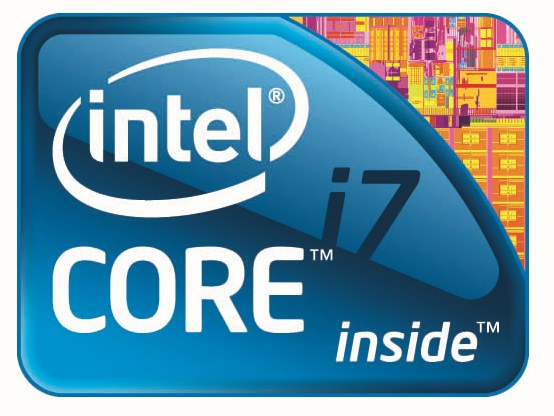TechRadar Verdict
Pros
- +
Quad-core performance
- +
Dual-core power consumption
- +
The CPU-GPU design makes sense here!
Cons
- -
Pricey
Why you can trust TechRadar
Combining CPU and graphics functionality in a single so-called 'fusion' chip is the shape of things to come. So say both Intel and AMD, its main rival in the computer chip business.
That doesn't necessarily mean it's a good thing, however, as our first taste of a fusion processor in desktop trim recently proved.
But could the laptop version of Intel's new fusion processor, reviewed here in Core i7-620M form, have the makings of a mobile masterpiece?
Certainly, this chip cranks out some eye-popping raw performance numbers given their modest dual-core configuration.
The problem on the desktop is that the inclusion of a relatively weedy integrated graphics processor does little but compromise the thermal footprint of what would otherwise be a stunning little dual-core processor.
Make it mobile
However, for a mobile PC, the idea of reducing the chip count and thereby system complexity makes much more sense. Smaller, simpler motherboards and fewer power-hungry chips is always a good idea for a laptop.
Likewise, graphics performance tends to be less critical, particularly when running on battery power. So there's real value in stuffing a graphics core in with the CPU if it delivers physical and power consumption efficiencies.
All of which means the whole idea of CPU-GPU fusion processors is much more of a goer for mobile.
Technology and cars. Increasingly the twain shall meet. Which is handy, because Jeremy (Twitter) is addicted to both. Long-time tech journalist, former editor of iCar magazine and incumbent car guru for T3 magazine, Jeremy reckons in-car technology is about to go thermonuclear. No, not exploding cars. That would be silly. And dangerous. But rather an explosive period of unprecedented innovation. Enjoy the ride.
